Retro Replay Review
Gameplay
Seven’s core gameplay revolves around a deceptively simple control scheme: jump, move and observe. Without any combat, power-ups or special abilities, the experience hinges on pure platforming and environmental puzzles. As you traverse each world, you’ll find that timing your jumps and interpreting subtle visual cues are the only tools at your disposal.
(HEY YOU!! We hope you enjoy! We try not to run ads. So basically, this is a very expensive hobby running this site. Please consider joining us for updates, forums, and more. Network w/ us to make some cash or friends while retro gaming, and you can win some free retro games for posting. Okay, carry on 👍)
The seven levels gradually unlock in sequence, each presenting a radically different environment—from crystalline caverns to wind-swept plateaus. Part of the appeal lies in deciphering each world’s internal logic: how gravity shifts, how moving platforms behave, and how light or shadow reveal hidden pathways. Every new area feels fresh, encouraging you to adapt your mental map rather than rely on memorized patterns.
A standout feature is the camera system, which offers multiple preset angles as well as a free-look mode. While this flexibility allows for creative approaches to tricky jumps, it also introduces occasional quirks. In particular, the unforgiving condition tied to the seventh level—one that requires an unseen action in an earlier world—can leave players stranded if they aren’t paying close attention. This design choice heightens the sense of discovery but can also lead to frustration without clear warning.
Graphics
Visually, Seven opts for an experimental art style that leans into abstract geometry and bold color contrasts. Each level boasts its own palette and architectural motifs, making the act of platforming feel like stepping into a living painting. Textures are crisp, and lighting effects—especially in the later stages—cast dramatic shadows that both illuminate paths and obscure hidden ledges.
Performance is rock-solid on modern hardware, maintaining a steady frame rate even when camera angles shift dynamically. The developers have also included graphics settings for texture quality and anti-aliasing, enabling smooth visuals on a range of systems. Even with the most demanding effects turned up, Seven rarely dips below its target performance level.
Despite its strengths, the game’s aesthetic can sometimes obscure gameplay-critical elements. In darker environments, platforms can blend into the background, and visual flourishes may distract from tight jumps. These moments contribute to the title’s overall sense of challenge, but players seeking pristine clarity might find themselves toggling settings mid-run to regain confidence.
Story
Seven’s narrative is elegantly minimalistic, conveyed almost entirely through its setting rather than expository dialogue or cutscenes. You learn that the planet’s flow of time is governed by seven celestial stars, each anchoring a different epoch. When the stars vanish, time collapses, and the once-vibrant world falls silent.
As the solitary survivor, your task is to venture into each realm, reclaim its star and restore balance. There’s no narrator explaining the lore—every detail is distilled through environment and atmosphere. Ancient runes etched on monolithic walls, streaks of cosmic dust in the sky, and the hushed emptiness between platforms all hint at a civilization long gone.
This stripped-down approach to storytelling may feel sparse to those craving a deeper plot, but for players who appreciate emergent narrative, it’s a perfect fit. The sense of isolation, the mystery of vanished inhabitants, and the faint suggestion of a larger cosmic order give Seven an emotional weight that resonates long after gameplay ends.
Overall Experience
Seven stands out as an experimental platformer that trusts players to engage with its mechanics and world on their own terms. Its minimalist control scheme, combined with inventive level design, delivers moments of genuine astonishment when you finally solve a tricky traversal puzzle. The varied environments keep exploration feeling fresh, and the atmospheric soundtrack underscores the game’s ethereal tone.
However, Seven is not without its flaws. The lack of in-game hints and the infamous seventh-level prerequisite can leave casual players stuck or force them to restart entire runs. Camera and visual quirks occasionally hinder more than help, and the narrative’s deliberate vagueness might not satisfy everyone. Patience and a willingness to embrace trial-and-error are essential.
For aficionados of atmospheric puzzle platformers and those who relish piecing together a world from sparse clues, Seven offers a memorable journey. It’s a game that challenges your perception, demands careful observation and rewards persistence with moments of serene beauty. If you’re searching for something off the beaten path—an experience that feels more like exploring abstract art than running through corridors—then Seven is well worth your time.
 Retro Replay Retro Replay gaming reviews, news, emulation, geek stuff and more!
Retro Replay Retro Replay gaming reviews, news, emulation, geek stuff and more!
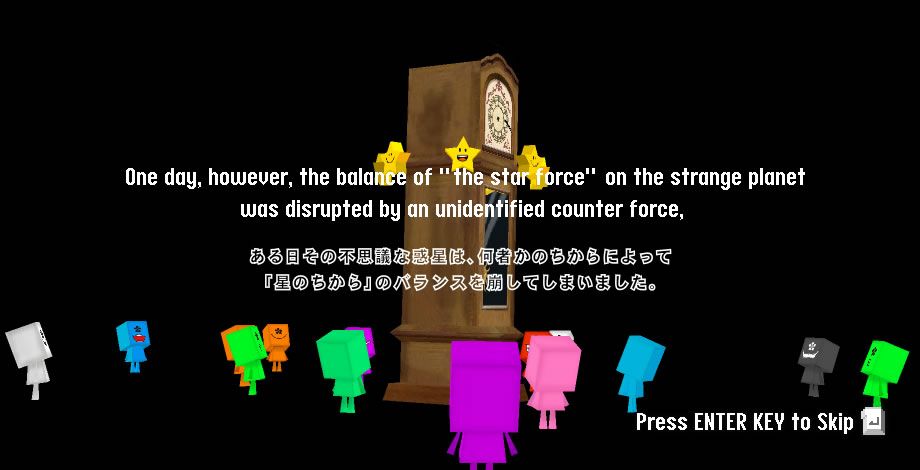
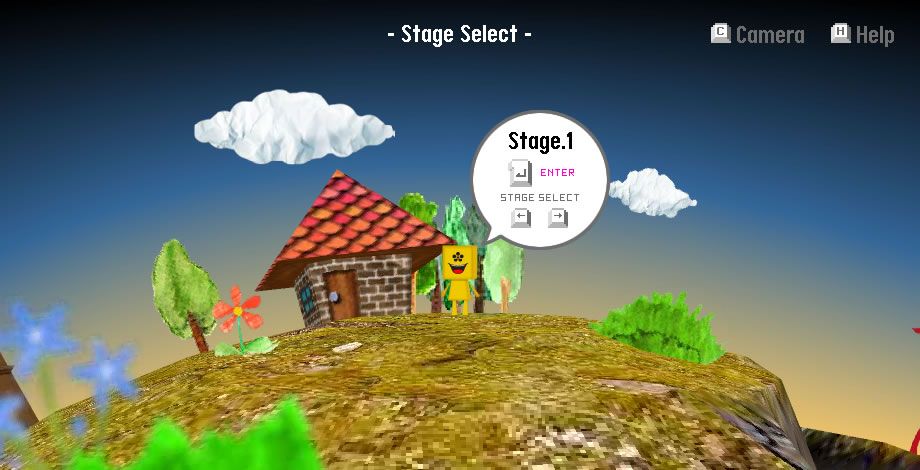
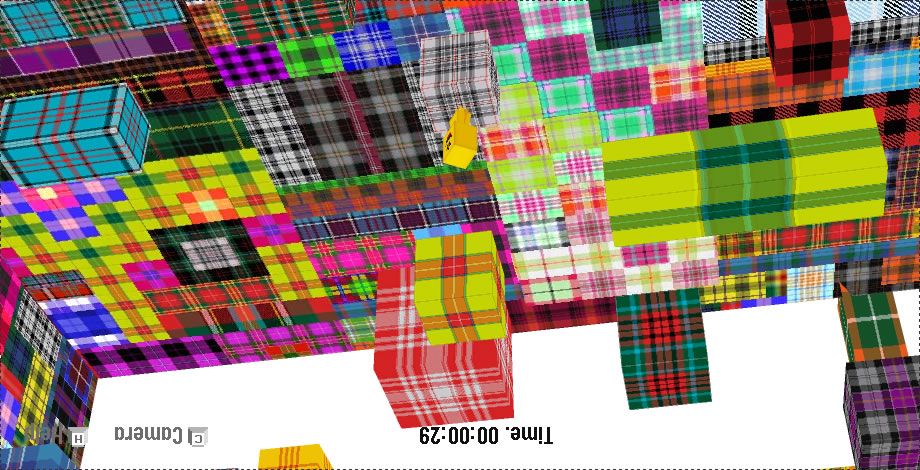
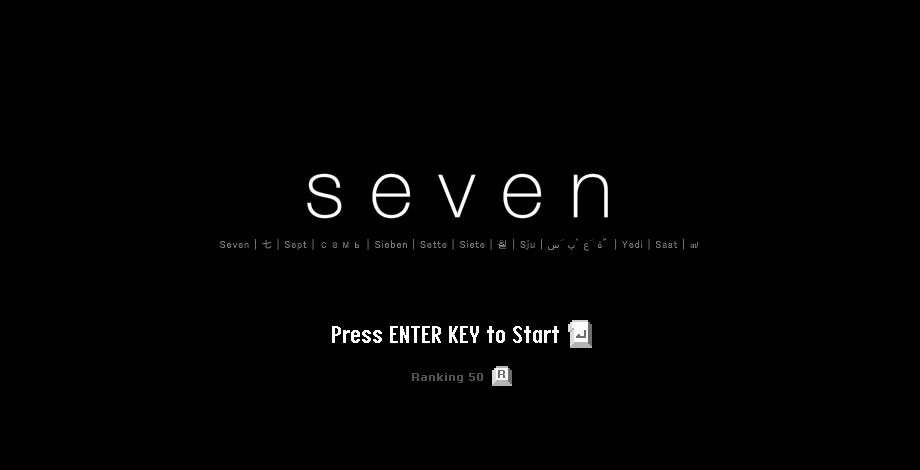
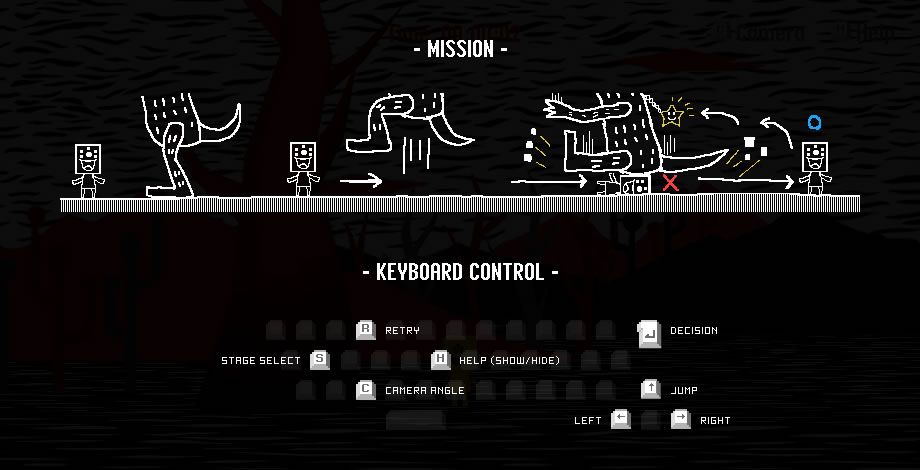



Reviews
There are no reviews yet.